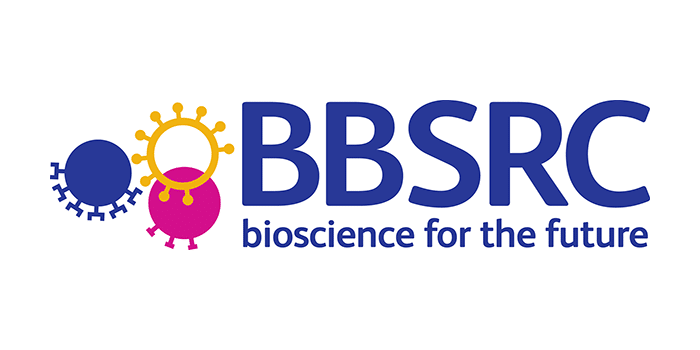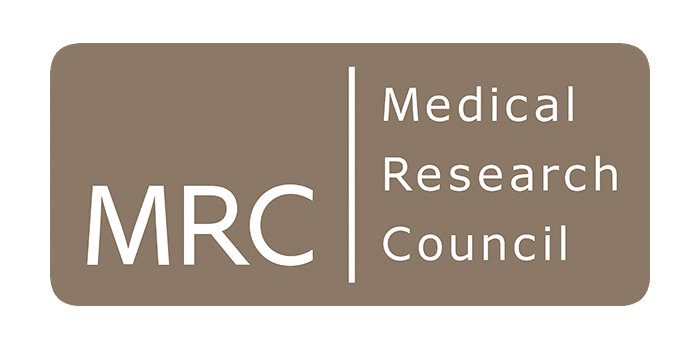The first patients to receive a new treatment derived from stem cells for people with wet age-related macular degeneration (AMD) have regained reading vision. The stem cell technology was developed with MRC funding.
The results of this ground-breaking clinical study, published in Nature Biotechnology, described the implantation of a specially engineered patch of retinal pigment epithelium cells derived from stem cells to treat people with sudden severe sight loss from wet AMD. It is the first description of a complete engineered tissue that has been successfully used in this way and it’s hoped that it will also help treat dry AMD in the future.
The study is a major milestone for the London Project to Cure Blindness, a partnership between Professor Pete Coffey from University College London and Professor Lyndon da Cruz, a retinal surgeon at Moorfields Eye Hospital NHS Foundation Trust. The Project has also been supported by the UCL Institute of Ophthalmology and the National Institute for Health Research (NIHR).
AMD is the most common cause of sight loss in the UK, and can lead to a rapid loss of central (reading) vision. The two patients who underwent the procedure, a woman in her early 60s and a man in his 80s, had the severe form of the condition (wet AMD) and declining vision.
The study investigated whether the diseased cells at the back the patients’ affected eye could be replenished using the stem cell based patch. A specially engineered surgical tool was used to insert the patch under the retina in the affected eye of each patient in an operation lasting one to two hours.
The patients were monitored for 12 months and reported improvements to their vision. They went from not being able to read at all even with glasses, to reading 60-80 words per minute with normal reading glasses.
Professor da Cruz, said: “The results suggest that this new therapeutic approach is safe and provides good visual outcomes. The patients who received the treatment had very severe AMD, and their improved vision will go some way towards enhancing their quality of life. We recognise that this is a small group of patients, but we hope that what we have learned from this study will benefit many more in the future.”
Professor Coffey, who has received MRC funding since 2004 for his stem cell work, said: “The MRC has been instrumental in establishing a framework and platform to promote regenerative therapies to clinic. The stem cell line used for these patients was funded crucially with support from the MRC.
“This study represents real progress in regenerative medicine and opens the door to new treatment options for people with age-related macular degeneration. We hope this will lead to an affordable ‘off-the-shelf’ therapy that could be made available to NHS patients within the next five years.”
Dr Rob Buckle, Chief Science Officer at the MRC, said: “The success of the London Project to Cure Blindness/Pfizer phase 1 trial is an exciting development in regenerative medicine and a great example of how funding discovery science in stem cell biology has led to a clinical trial with commercial partnership. This development would neither have been possible without the MRC’s long-standing support for the groundwork behind this technology, nor the hard work and investment from the London Project to Cure Blindness and Pfizer and others to bring the therapy to patients.”
Our partners










